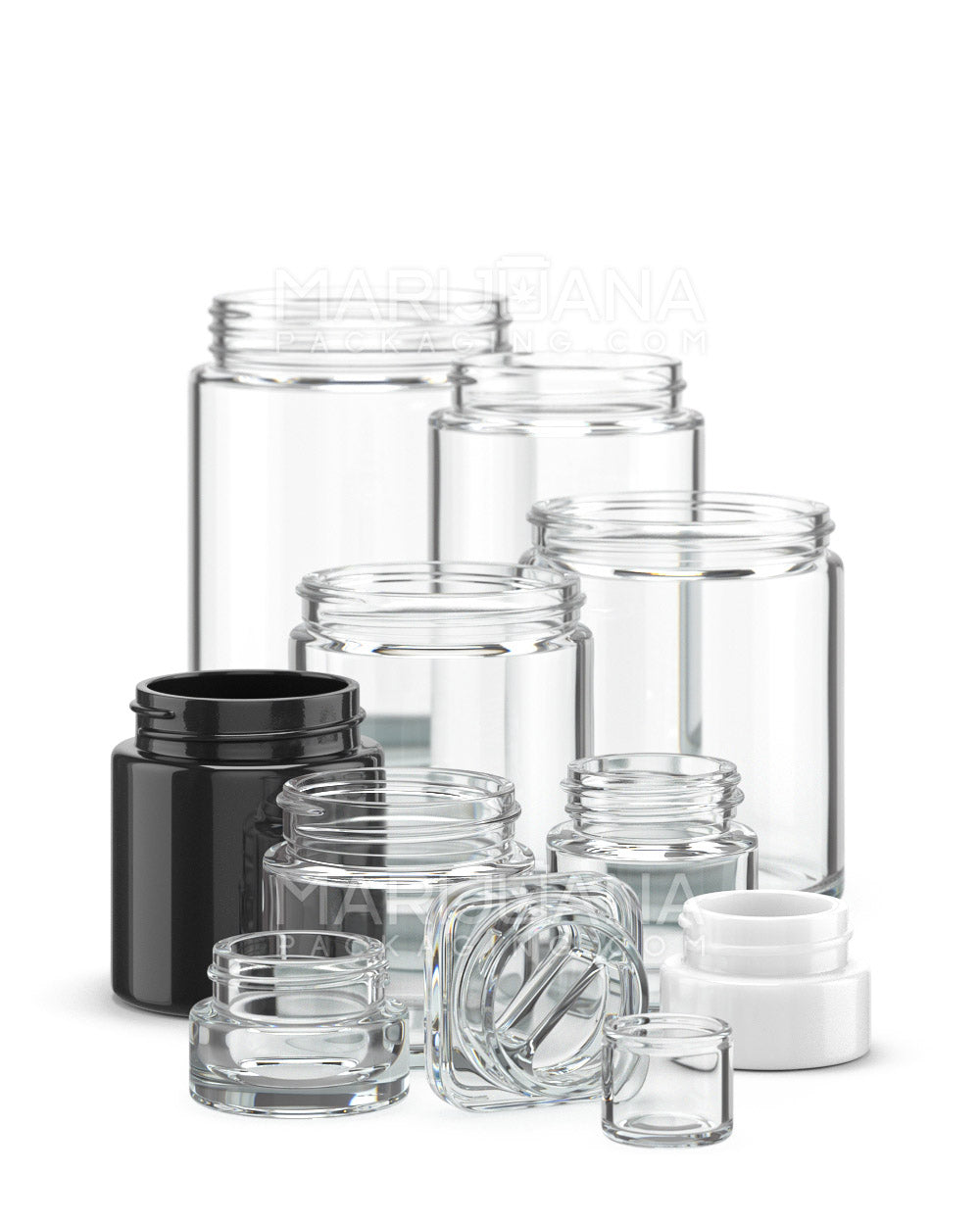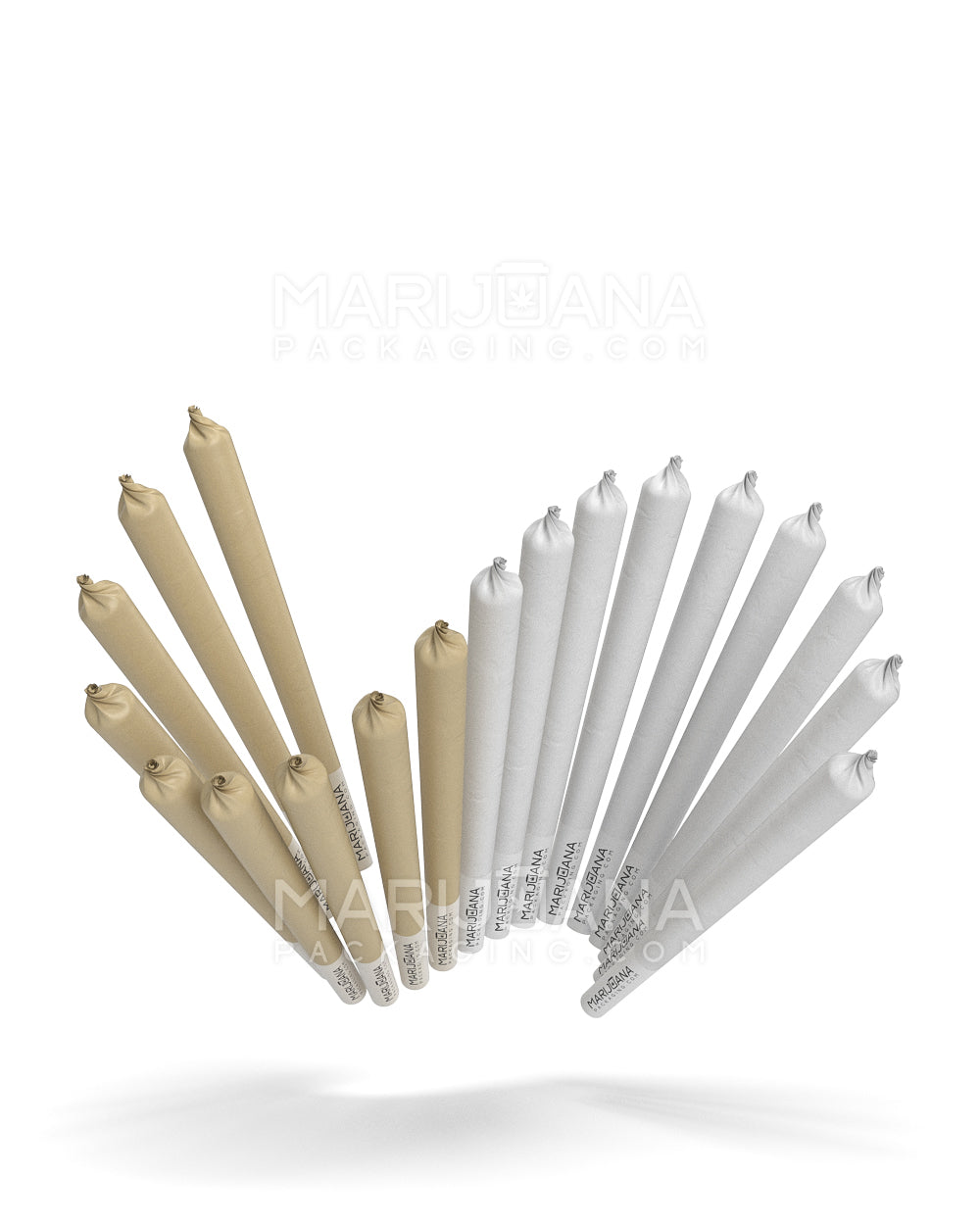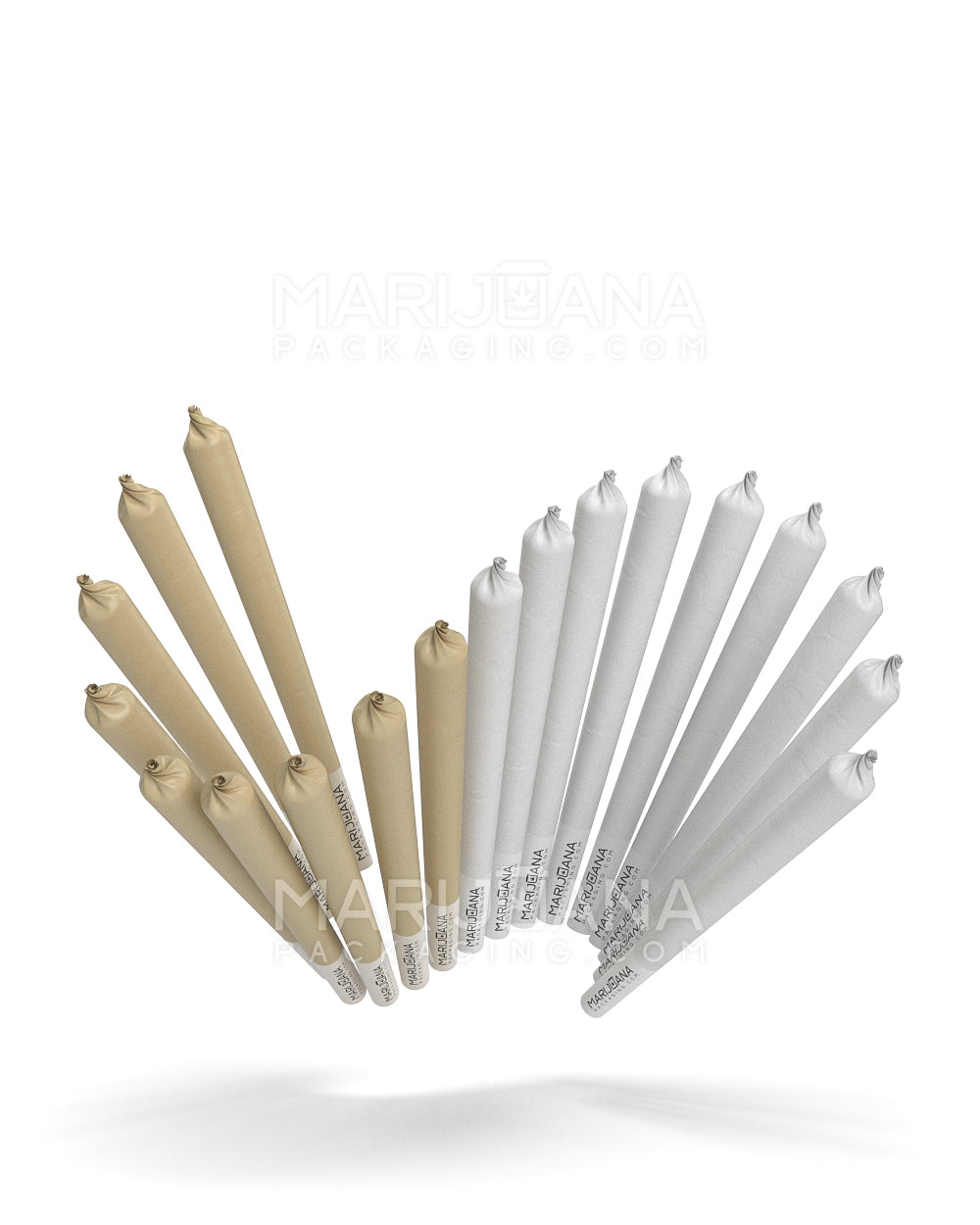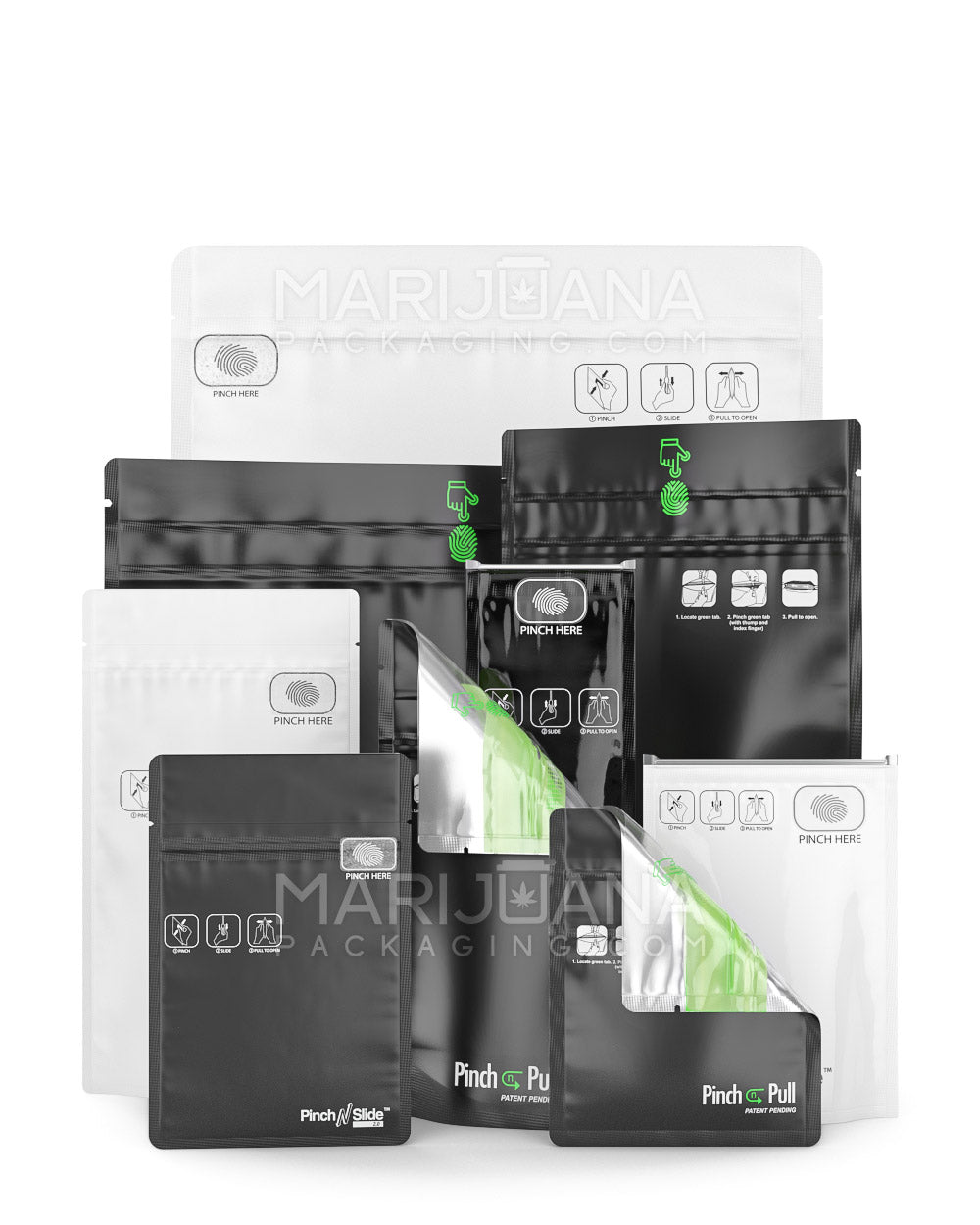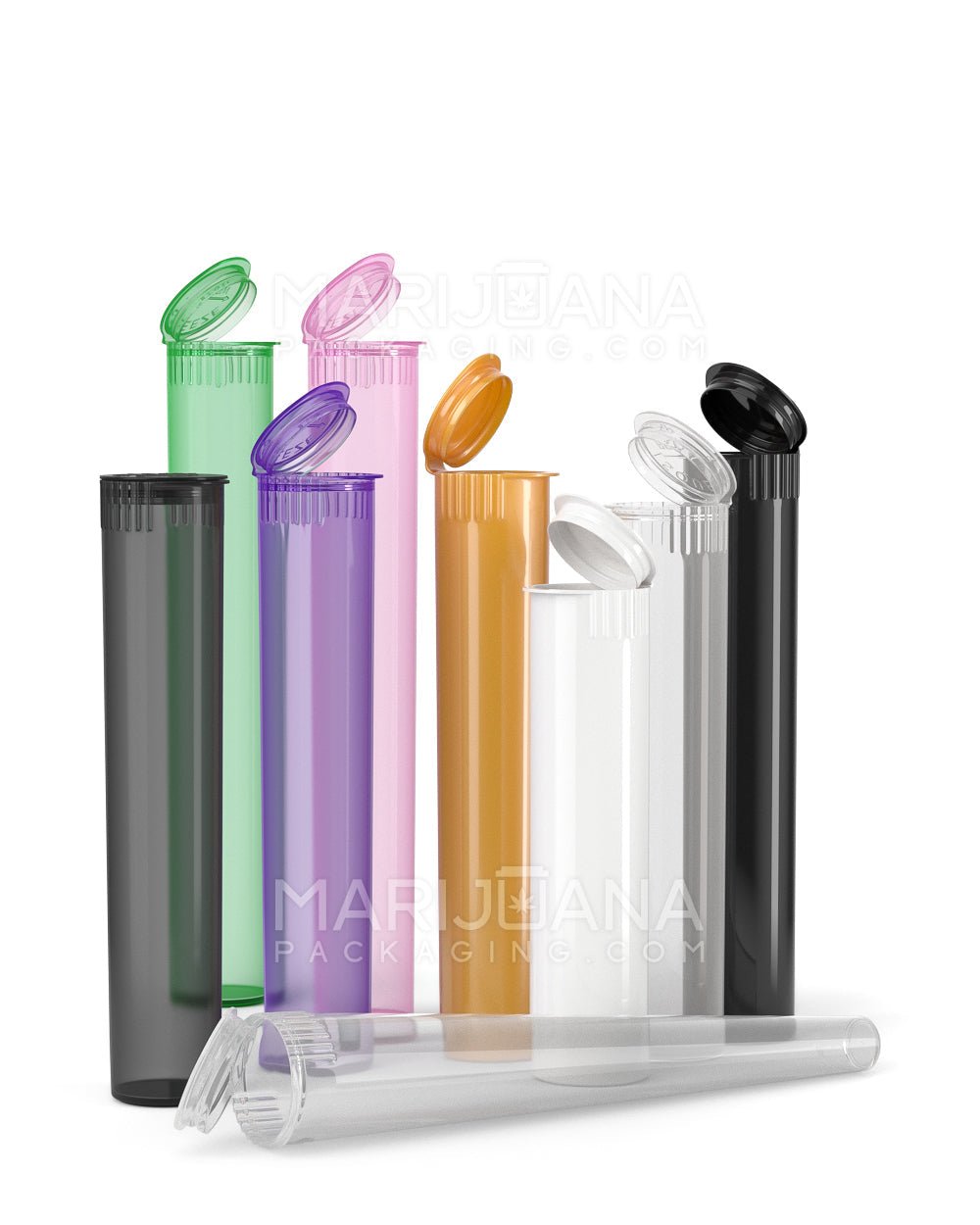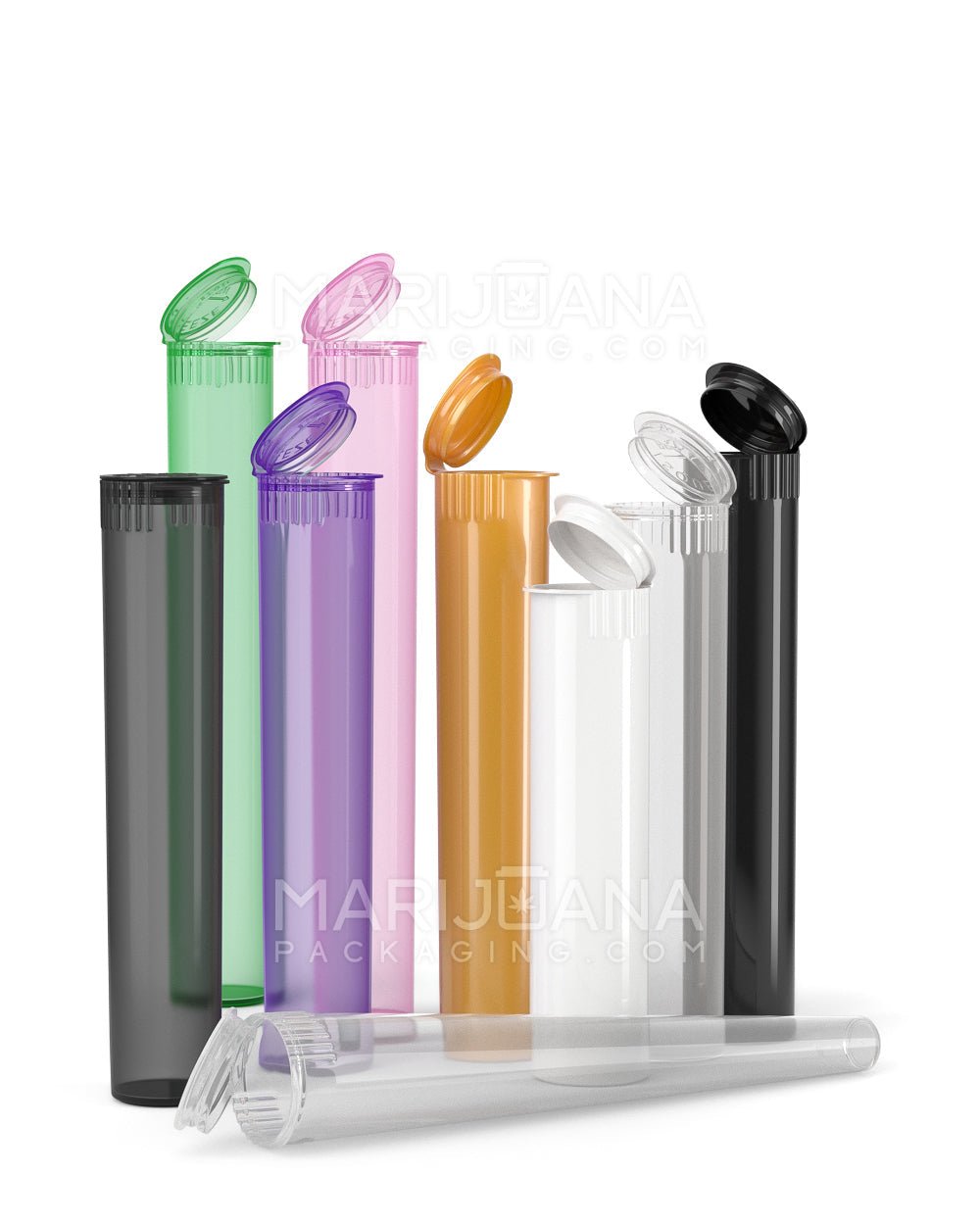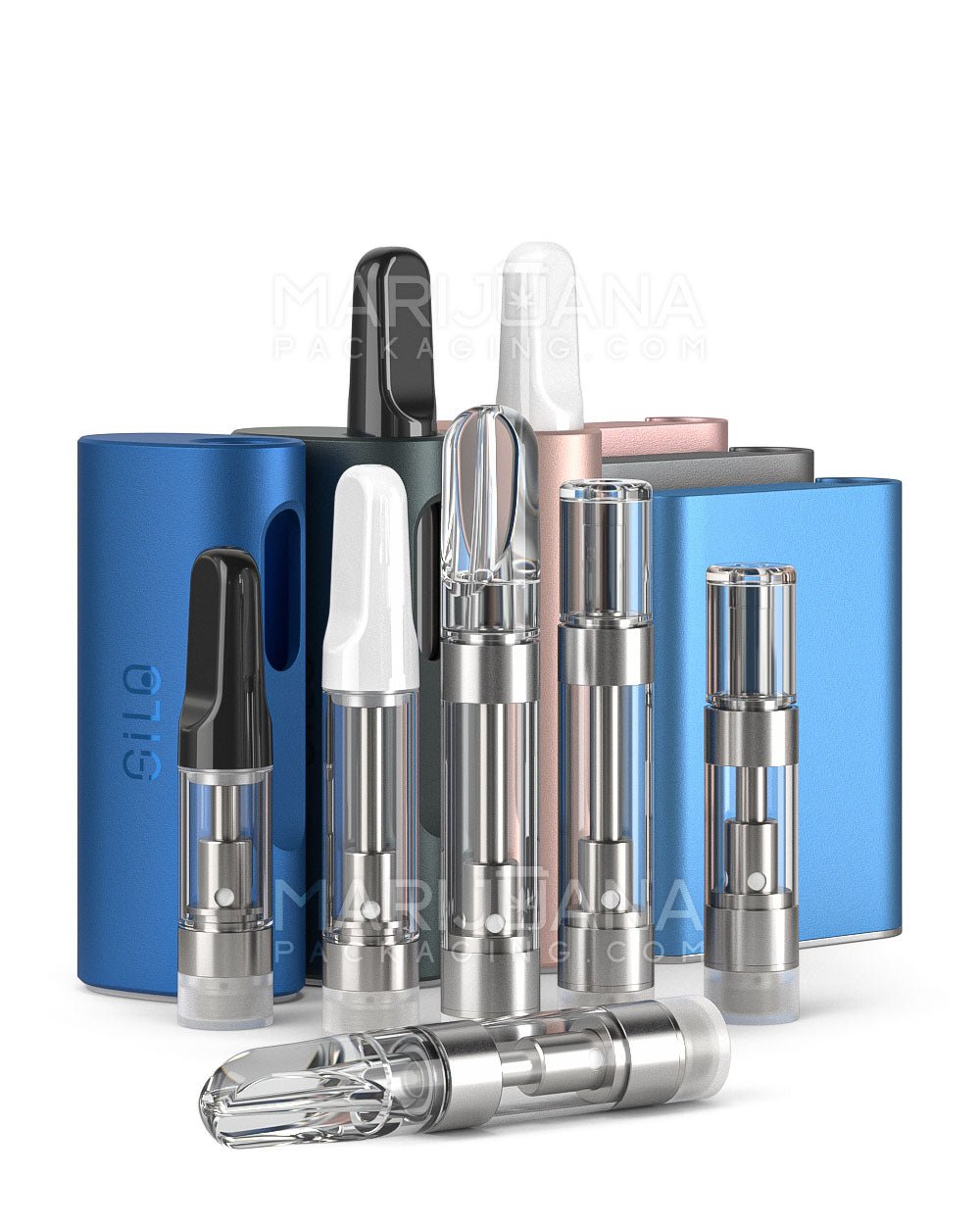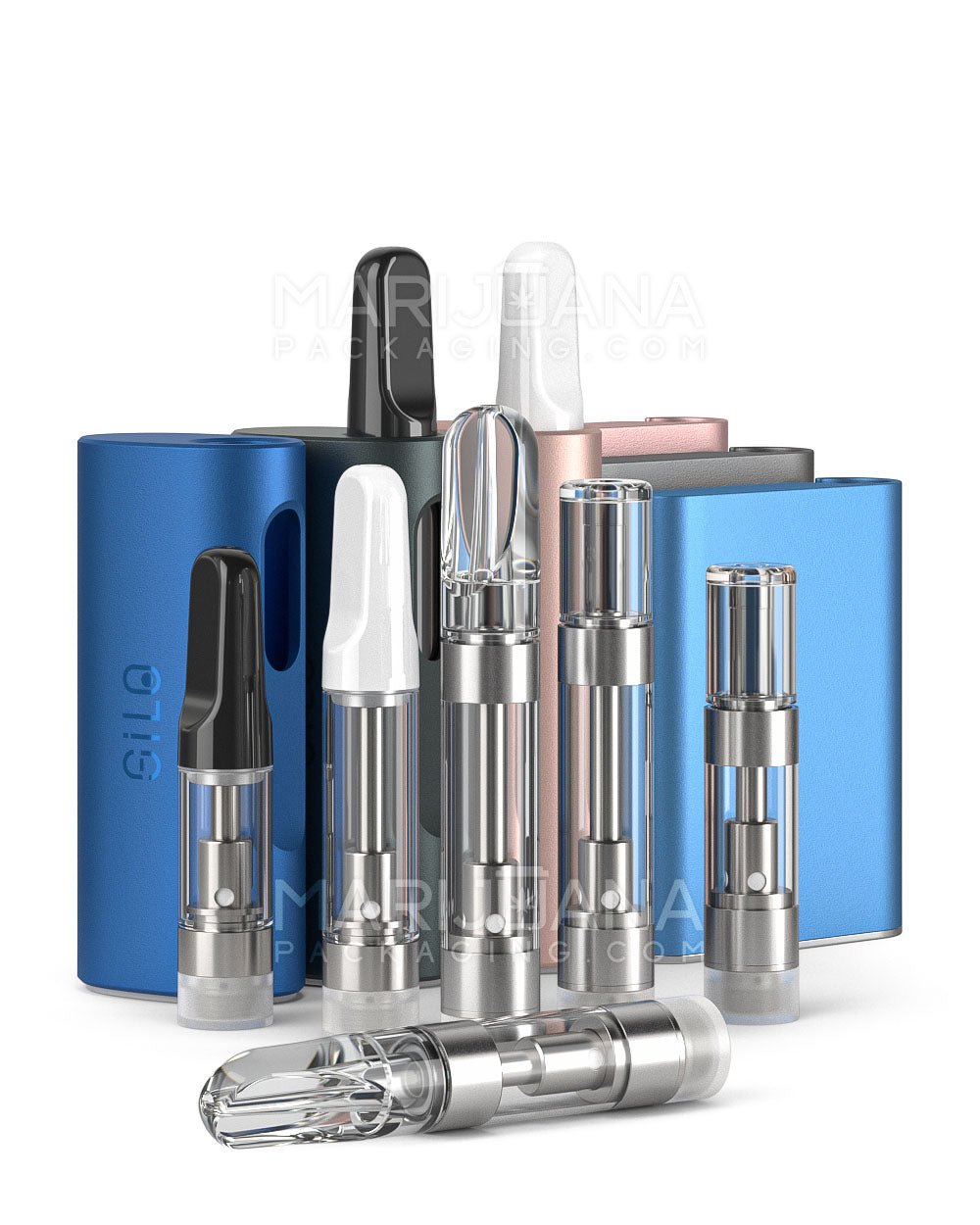Boiling marijuana leaves may not be the first thing that comes to mind when you think of cannabis, but it’s a simple and effective way to extract beneficial compounds for various uses. Whether you’re curious about making your own cannabis tea or exploring other applications, understanding how to boil these leaves can open up a world of possibilities.
In this article, we'll cover everything from why you might want to boil marijuana leaves to the step-by-step process of doing so. We’ll also explore the different uses of boiled cannabis leaves and discuss some common mistakes to avoid. So, let’s get started on this leafy adventure!
Why Boil Marijuana Leaves?
Boiling marijuana leaves might sound a bit unusual, but there are several reasons why you might want to try it. First and foremost, boiling can help release cannabinoids like THC and CBD from the leaves, making them more accessible for use in teas, tinctures, and other concoctions. This method is a great way to harness the therapeutic potential of cannabis without the need for fancy equipment or complicated processes.
Moreover, boiling leaves is an excellent way to use parts of the plant that might otherwise go to waste. If you’re a grower, you likely have an abundance of leaves, and using them can provide additional value from your harvest. Plus, it’s an environmentally friendly way to make the most out of your plants.
On top of all that, cannabis tea made from boiled leaves can offer a gentler experience compared to other forms of consumption. It’s perfect for those who are new to cannabis or anyone looking for a milder alternative to smoking or vaping.
Choosing the Right Leaves
Not all marijuana leaves are created equal, and selecting the right ones can make all the difference in your boiling experience. Generally, you'll want to use fresh, healthy leaves that are free from pests or diseases. These leaves will not only yield better results but also ensure that your end product is safe to consume.
Fan leaves, which are the large leaves that grow along the sides of the plant, are often used for boiling. They contain fewer cannabinoids than the buds but still have enough to be useful. Sugar leaves, found closer to the buds and often covered in trichomes, are also a good choice if you’re looking for a stronger infusion.
Avoid using leaves that are yellowing, wilting, or otherwise unhealthy-looking, as these can affect the taste and quality of your final product. If you're unsure about the condition of your leaves, a quick rinse under cold water can help remove any dirt or debris.
Preparing the Leaves
Once you've selected your leaves, it's time to prepare them for boiling. Start by rinsing the leaves thoroughly under cold running water. This step is essential to remove any dirt, dust, or tiny insects that might be clinging to the surface. After rinsing, pat them dry with a clean towel or let them air dry for a few minutes.
Next, you'll want to remove any stems or thick veins from the leaves. These parts can add an undesirable bitterness to your infusion, so it's best to discard them. You can use a sharp knife or kitchen scissors to carefully trim away these sections.
If you're using larger fan leaves, consider chopping them into smaller pieces. This will help them fit better in your pot and allow for more efficient boiling. For sugar leaves, you can leave them whole since they're already quite small.
The Boiling Process
Now that your leaves are prepped and ready, it’s time to get boiling. Start by filling a medium-sized pot with water—enough to fully submerge your leaves but not so much that it overflows when you add them. Bring the water to a gentle boil over medium heat.
Once the water is bubbling, carefully add the leaves to the pot. Use a wooden spoon to push them under the water, ensuring they’re fully submerged. Reduce the heat to a simmer and let the leaves boil for about 30 minutes. This duration allows the cannabinoids to infuse into the water without breaking down too much.
During the boiling process, you might notice a distinct aroma filling your kitchen. This is completely normal and part of the experience. Just be sure to keep an eye on the pot to prevent the water from boiling away completely. If needed, add a little more water to keep the leaves submerged.
Straining and Storing the Infusion
After 30 minutes, it’s time to remove the pot from the heat. Using a fine mesh strainer or cheesecloth, carefully strain the liquid into a clean container or bowl. Be sure to press down on the leaves with a spoon to extract as much liquid as possible. Discard the spent leaves or compost them if you’re environmentally minded.
At this point, you’ll have a greenish liquid that’s ready for use. If you’re not planning to use it immediately, store the infusion in an airtight container in the refrigerator for up to a week. For longer storage, consider freezing the liquid in ice cube trays for easy, single-use portions.
Keep in mind that the potency of your infusion will depend on the type and amount of leaves you used, as well as how long you boiled them. Feel free to experiment with these variables to find the strength and flavor that suits your needs.
Uses for Boiled Marijuana Leaves
So, what can you do with your freshly boiled marijuana leaf infusion? One of the most popular uses is making cannabis tea. Simply add a splash of your infusion to a cup of hot water, along with your favorite tea bag or herbs. Sweeten with honey or lemon for a delightful twist.
The infusion can also serve as a base for soups, stews, or sauces, adding a subtle cannabis flavor and potential therapeutic effects. Just be mindful of the potency and adjust the amount you use accordingly.
For those interested in skincare, cannabis-infused water can be used as a soothing facial toner. The cannabinoids may offer anti-inflammatory properties that help calm irritated skin. Store the infusion in a spray bottle and mist it onto your face after cleansing.
Common Mistakes to Avoid
While boiling marijuana leaves is a straightforward process, there are a few common pitfalls to watch out for. One mistake is using too much heat, which can degrade the cannabinoids and reduce the effectiveness of your infusion. Always keep the heat low and maintain a gentle simmer.
Another error is not using enough leaves, which can result in a weak infusion. Don’t be afraid to pack your pot with leaves, especially if you’re looking for a more potent result. Experiment with different amounts to find what works best for you.
Finally, remember to strain the infusion properly. Leaving small bits of leaf in the liquid can result in a gritty texture and an unpleasant taste. Use a fine mesh strainer or cheesecloth for the best results.
Final Thoughts
Boiling marijuana leaves is a simple and effective way to unlock the potential of your cannabis plant. By following these steps, you can create a versatile infusion that can enhance your tea, cooking, or even skincare routine. Remember to choose healthy leaves, simmer gently, and strain thoroughly for the best results.
As you explore the possibilities of boiled cannabis leaves, consider how Gamut can support your endeavors. With their full spectrum of packaging solutions, Gamut offers everything from jars and bags to custom designs tailored to your needs. Their expertise in packaging ensures that your products stand out, making your brand unforgettable in any market.











